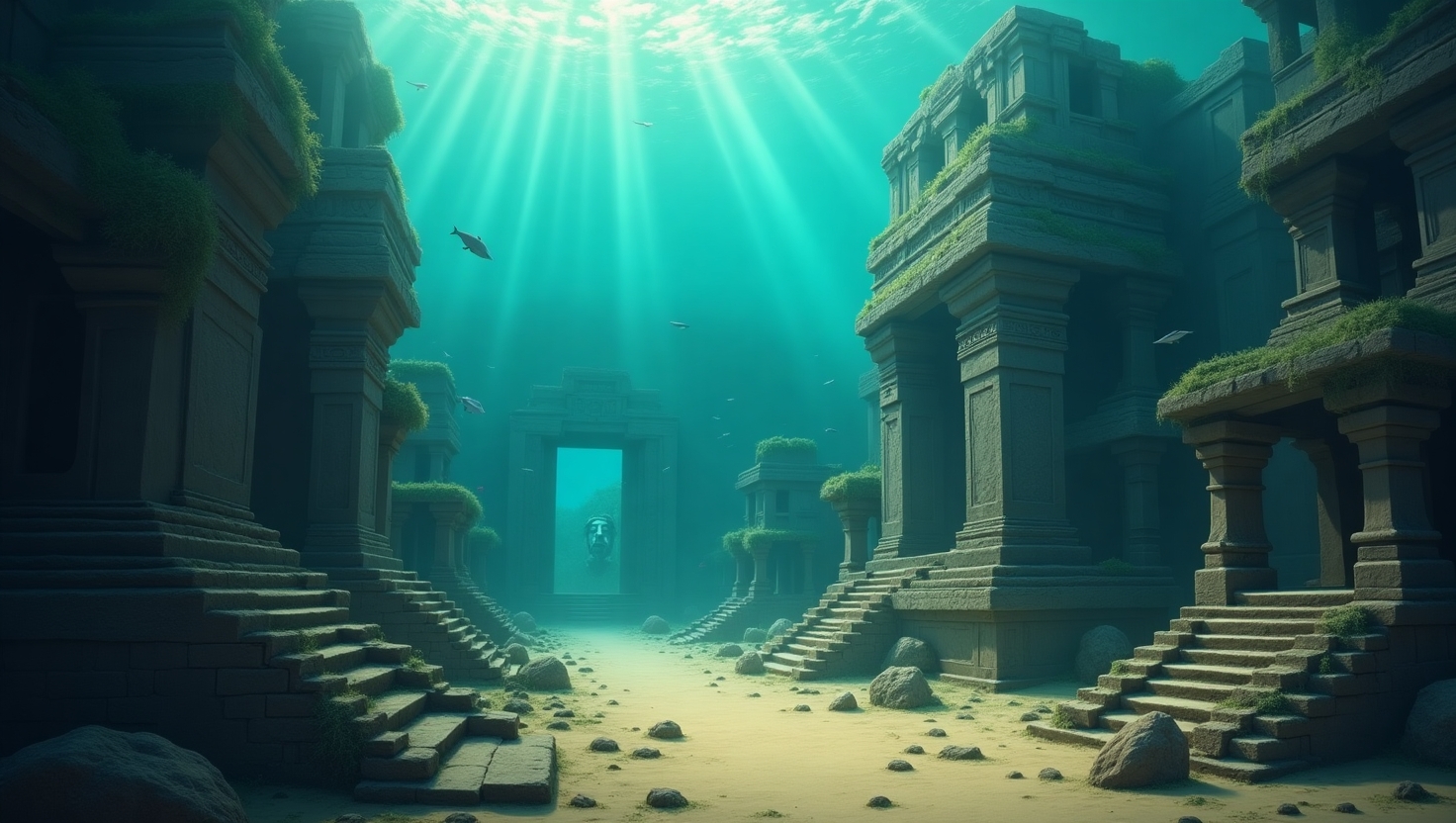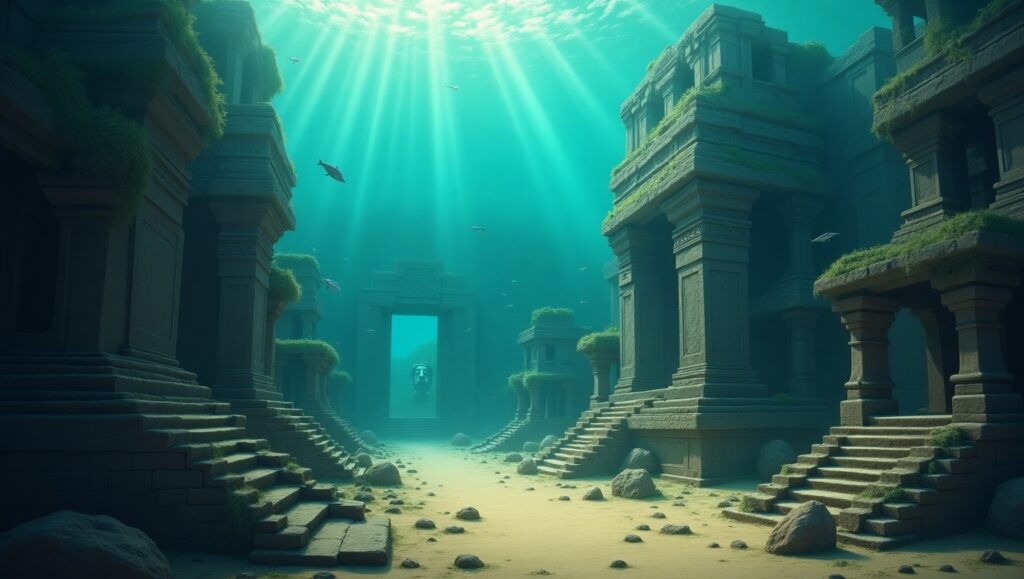A groundbreaking archaeological discovery off the coast of Indonesia has unveiled a 140,000-year-old submerged city, offering the first physical evidence of the prehistoric landmass known as Sundaland. This find not only challenges existing narratives about early human civilizations but also provides unprecedented insights into the lives of our ancient ancestors.(GB News)
🌊 Discovery of a Lost World Beneath the Waves
During routine marine sand mining operations in the Madura Strait, between Java and Madura Islands, workers unearthed a trove of fossils, including over 6,000 animal remains and two human skull fragments. These findings, buried under layers of silt and sand, have been dated to between 162,000 and 119,000 years ago, placing them in the late Middle Pleistocene epoch .(Daily Galaxy)
The human skull fragments have been identified as belonging to Homo erectus, an extinct hominin species known for its upright posture and tool usage. This marks the first time such fossils have been discovered on the seafloor in this region, suggesting that Homo erectus populations once inhabited areas now submerged beneath the ocean .(Daily Galaxy, Popular Mechanics)
🐾 A Diverse Ecosystem Revealed
The site also yielded fossils from 36 different animal species, including Komodo dragons, buffalo, deer, and the extinct Stegodon, a relative of the modern elephant. Some of these animal bones exhibit deliberate cut marks, indicating that early humans employed sophisticated hunting techniques and possibly processed these animals for consumption .(Daily Galaxy, indy100)
These findings paint a vivid picture of a once-thriving ecosystem, rich in biodiversity, that supported both human and animal life.
🗺️ Sundaland: The Submerged Continent
The discovery provides tangible evidence of Sundaland, a vast prehistoric landmass that connected much of Southeast Asia during the Pleistocene epoch. Rising sea levels between 14,000 and 7,000 years ago, due to melting glaciers, submerged these low-lying plains, transforming the landscape into the archipelago we see today .(Daily Galaxy, www.ndtv.com)
This submerged city offers a rare glimpse into human life before this dramatic environmental shift, highlighting the adaptability and resilience of early human populations in the face of changing climates.(Archaeology Magazine)
🔬 Advanced Dating Techniques Confirm Age
Researchers employed Optically Stimulated Luminescence (OSL) dating to determine the age of the sediment layers encasing the fossils. This method measures the last time mineral grains were exposed to sunlight, providing accurate dating for the site. The results confirmed that the valley and its contents date back to between 162,000 and 119,000 years ago .(Daily Galaxy)
🧭 Implications for Human History
This discovery challenges existing theories about the geographic distribution and capabilities of Homo erectus. The evidence suggests that these early humans not only inhabited diverse environments but also developed complex behaviors, such as hunting and tool usage, earlier than previously thought.(Live Science)
Furthermore, the find underscores the importance of Southeast Asia in the broader narrative of human evolution, a region often overshadowed by discoveries in Africa and Europe.
📸 Visualizing the Ancient City

Image Credit: The Daily Galaxy
🧠 Conclusion
The unearthing of this 140,000-year-old submerged city in the Madura Strait is a monumental achievement in the field of archaeology. It not only provides concrete evidence of the lost world of Sundaland but also offers invaluable insights into the lives of Homo erectus and the ecosystems they inhabited. As research continues, this discovery promises to reshape our understanding of human history and prehistoric civilizations.(GB News, www.ndtv.com)
🔗 References
- Live Science: 140,000-year-old Homo erectus bones discovered on drowned land in Indonesia
- NDTV: Lost Civilisation Underwater? 140,000-Year-Old Homo Erectus Skull May Hold The Key To Secret
- Daily Galaxy: Archaeologists Discover a 140,000-Year-Old Sunken World Beneath the Ocean Floor





